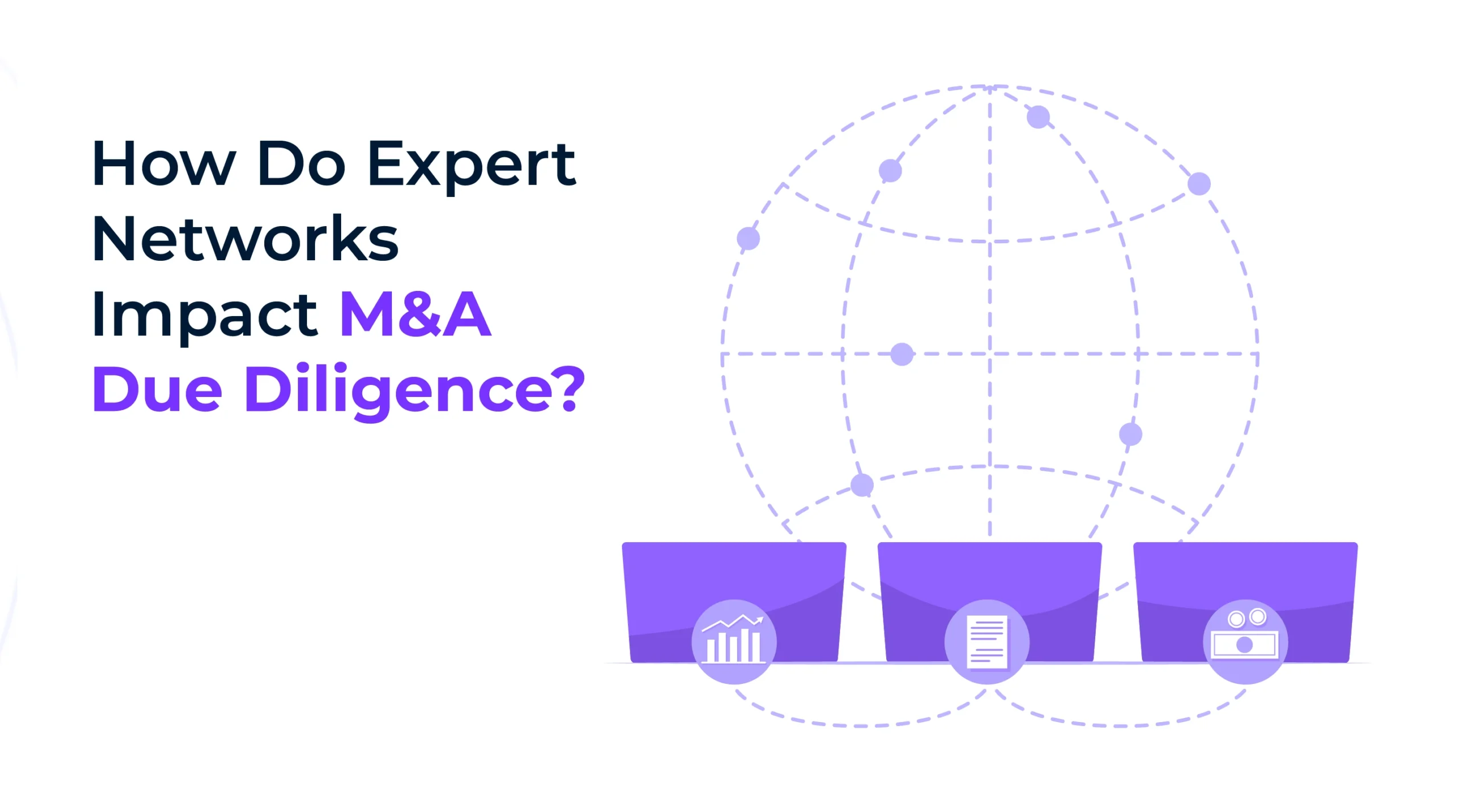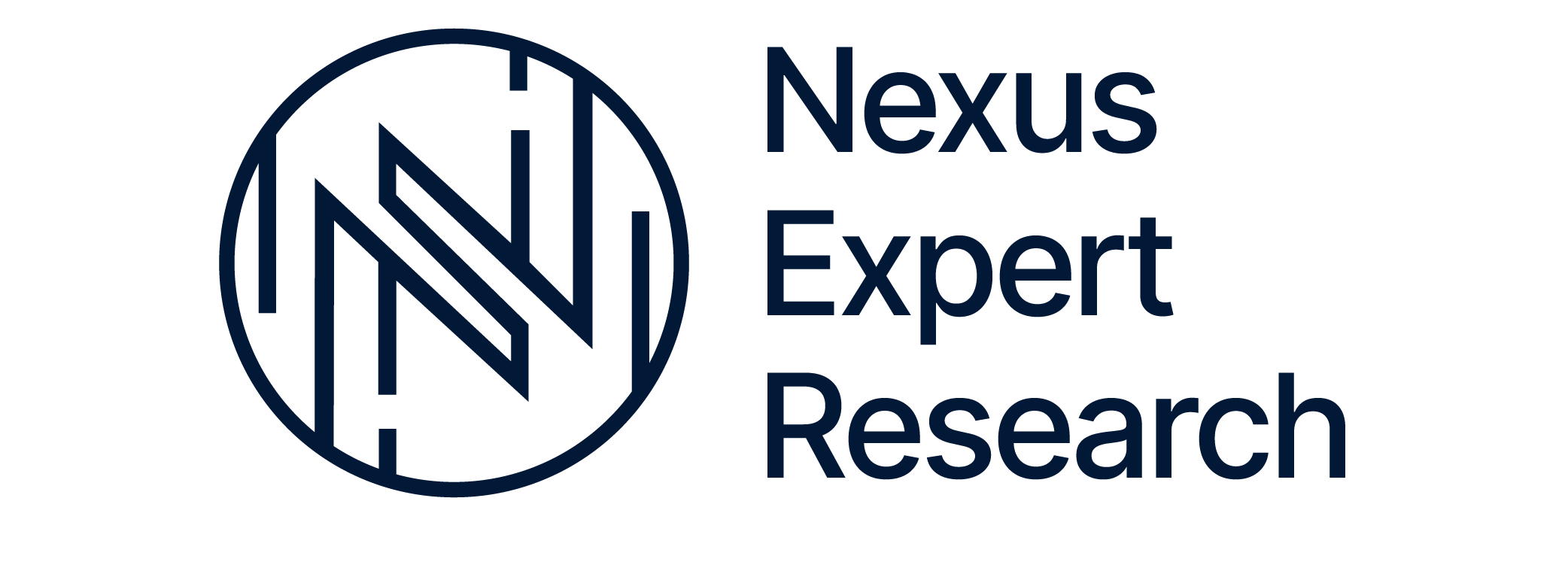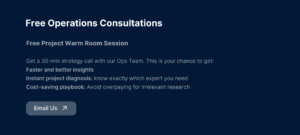
Expert networks are now a core tool for M&A teams. They add specialist knowledge fast. They fill gaps that public data cannot. Expert networks also change how deals are sized and structured.
Faster access to the right m&a experts
Time kills deals. Expert networks cut search time from weeks to hours. You ask for a topic, and the platform returns vetted candidates. That speed matters when you need a quick sanity check on revenue drivers or technical feasibility. Use quick calls to validate or discard assumptions early.
Better forward-looking forecasts from subject-matter voices
Historical data shows what happened. Experts tell you what will likely occur. Due diligence experts supply judgment on trends, adoption curves, and customer pain points. Those forward views tighten revenue forecasts and refine upside scenarios. They turn guesswork into informed probabilities.
Technical deep dives without hiring full teams
There are two ways you can handle a deep dive on any topic: do it yourself or have someone do it for you. In this instance, doing it yourself would mean hiring full-time teams for a single project. That works, but it can be hard to hire them because they may not feel comfortable being laid off after a project or two. There is also the cost of paying these teams.
The other option is having expert networks set up meetings for you. Let’s take tech, for instance. When tech matters, you need engineers and product leaders. Expert M&A advisors for tech companies give precise answers on architecture, scalability, and technical debt. They explain whether a product can scale or whether it needs a complete rebuild. That input changes integration cost estimates and timelines.
Spotting operational and commercial red flags
You must have seen that in this time of AI: when everyone uses some AI tool for their work, people are still skeptical of the results and often review outputs manually. That is because tech is not there yet. It can’t remove the human factor. When you talk to experts, they see signals that spreadsheets miss. M&A deal structuring experts advise on earn-outs, escrow needs, and covenants based on operational realities. They point out fragile supplier relationships, single-customer concentration, or unrealistic margin assumptions. Those calls often change price and structure.
Improved competitor and market mapping
Experts on the ground know who competes aggressively and who is retreating. Calls with customers, distributors, or ex-competitors flesh out market position and pricing power. That detail refines market share estimates and competitor-response modeling. It helps you size a realistic upside in integration plans.
Compliance and regulation checks that reduce legal surprise
An added benefit of expert networks for your M&A due diligence is the strict compliance protocols set up across the industry. It is standard procedure now, so much so that ENs have regulatory experts who can walk you through legal issues if you move ahead with a deal. Due diligence experts who are former regulators or compliance officers quickly flag likely problems. They explain timelines for approvals and realistic mitigation steps. That insight shapes deal timing and conditionality.
Better structuring of risk allocation and warranties
When experts quantify a risk, the legal team can price it. M&A deal structuring experts inform how long indemnities should last and what warranties are reasonable. They help convert soft concerns into contract clauses. That reduces negotiation friction and speeds the close.
Cross-checking management claims with operational reality
CEOs sell potential. Operators confirm it. Use expert calls to test a management team’s claims on churn, ARPU, or unit economics. M&A experts who have held the same roles can call out optimistic accounting and spot hidden costs. That gives you leverage in valuation talks.
If you like rules of thumb, think of this as: “If something seems too good to be true, cross-check it with an expert.”
Building a layered evidence set for the investment memo
When you are trying to convince a committee that a deal is worth pursuing, you need to state your case clearly. A single expert call is a datapoint. Multiple calls create a trend. When you combine expert interviews with market reports, financials, and customer surveys, you create a layered foundation. Data can be verified by talking to the right people, and the right people can point you to new data. This layered approach produces a defensible memo. It helps investment committees make informed decisions with confidence. Consultants use several networks to widen the expert pool.
Efficiency at scale—transcripts, libraries, and repeatable playbooks
Top networks save transcripts and tag themes. Over time, you build a library of past calls. That library speeds future diligence and reduces redundant work. Once a rule book for your typical M&A projects is established, you do not need to start from zero the next time. Teams reuse playbooks by vertical. That efficiency cuts cost per deal and raises research coverage.
Getting unique experts for alpha and niche insight
Major networks cover broad roles. Niche networks and targeted sourcing uncover rare profiles. Consultants who use multiple networks access a wider range of experts and fewer duplicates. That variety can reveal uncommon angles that drive alpha.
Practical limits and how to manage them
Expert calls are fast but subjective. Use them to inform, not replace, quantitative work. Watch for bias—experts have perspectives shaped by their roles. Always triangulate: get at least two independent experts on critical topics. Keep the questions specific and time-boxed.
Short checklist: How to use expert calls in M&A
- List the top three unknowns that move value.
- Hire due diligence experts to test those assumptions.
- Get at least two independent voices per topic.
- Use m&a deal structuring experts to convert risks into deal terms.
- Archive transcripts and tag key themes for reuse.
Expert networks change due diligence from a rearview exercise into a forward-looking discipline. They let you validate models, price risk, and design smarter deals. Use them early. Use them precisely. Let expert input shape both valuation and structure.










